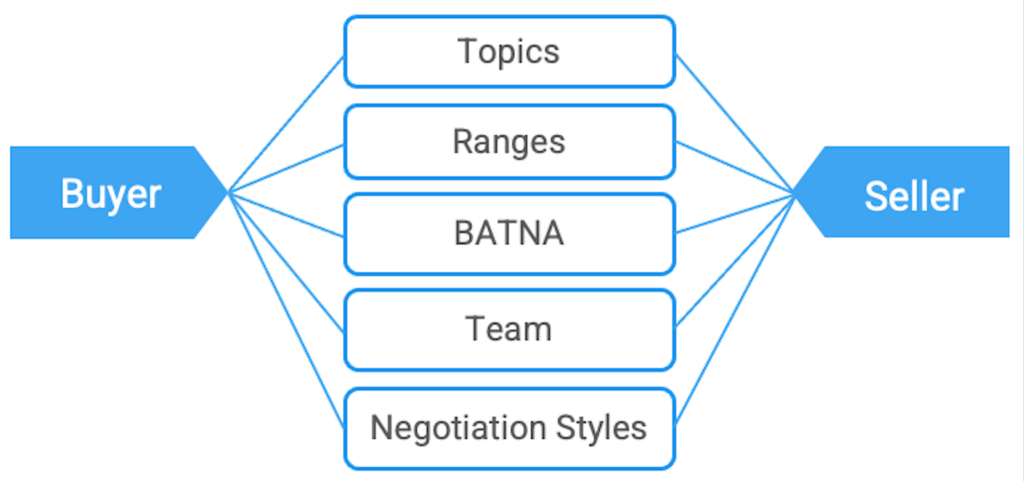Once you have a clear understanding of the situation, you can start preparing for negotiations. It’s important to keep in mind these three crucial questions:
1. What do they want?
2. What do I (we) want?
3. How do we bridge the gap?
To develop a mutually agreeable solution for both parties, it is helpful to begin by asking certain questions. It is common for buyers to assume that suppliers are solely interested in making a sale. However, it is important to understand that buyers also have needs that they are looking to fulfill. Therefore, it is essential for both the supplier and the buyer to have a clear understanding of the market, the organizations involved, and the product being sold. It is unwise to make assumptions, as the agreement between the two parties can be quite complex.
Before entering into negotiations, both parties should carefully evaluate their own company as well as the company they will be negotiating with in order to come up with a mutually beneficial agreement.
Topics (ranked and ranges)
Best alternative to negotiated agreement (BATNA)
Team (versus individual negotiations)
Negotiation styles of all parties involved
It is important to document each step of the process. Once planning is complete, a tentative agreement, also known as a “strawman” or template, should be created and tested to prepare for potential scenarios during negotiations. Finally, an agenda should be sent to the supplying organization before negotiations begin.

